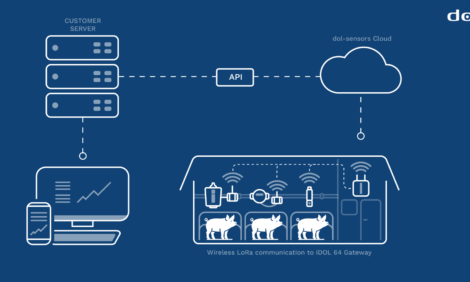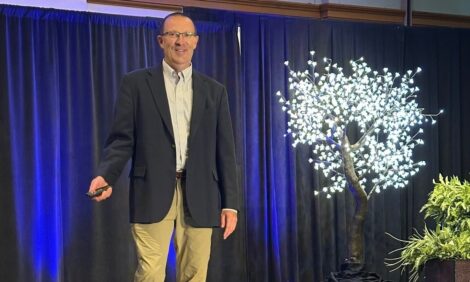



Cutting your losses: When to treat and when to euthanize
With pork production currently exceeding plant capacity, it’s important to balance treatment and welfare decisions with whether marginal pigs will become full-value harvest pigs.One definition of full-value pigs is when they achieve at least 90 percent of the return-over-feed cost of a single, profit-optimized pig and final-finishing ration cost. When you consider the major contributors to full-value pigs, you quickly recognize there are critical points along the production chain where these decisions can be made. In fact, full-value pigs actually begins with the developing gilt with traits linked to growth, acclimation, health stability and low stress during implantation.
The influence of each factor has been the subject of research but remains a black box today. Others, such as maintaining correct body condition for the genotype affecting birthweights, are more readily recognized.
Improving profitability
The correlation of total-born-to-birthweight variation within a litter has been identified in a number of studies. Given total born has increased remarkably over the past 10 years, maybe the threshold of 800 grams (1.76 pounds) with low survivability needs to be raised to 1,000 grams (2.2 pounds) to improve full pigs. Removing an additional five percent of the pigs based on birthweight can improve the probability of full-value pigs at harvest.
Weaning naturally brings some variation of weights - usually a standard deviation of two pounds (907 grams). This variation is related to birthweight, individual mammary gland output and fallback management.
When setting up criteria to remove the lighter-weight pigs, one might remove pigs that are more than two standard deviations below the average weight. Wean age generally does not improve the variation, but increasing wean age generally improves the first 4 weeks of performance postweaning.
Best management practices in starting weaned pigs largely determine the percentage of full-value pigs. And unfortunately, we often make it more challenging than it needs to be. Much of it comes down basic management of air, feed and water, as well as our ability to read the pigs and know what they’re telling us.
For example, there is a tendency for some pigs not to consume feed immediately post-weaning. A number of studies has shown that gain in the first seven days post-weaning is a critical predictor of performance through the harvest. Maintaining standard procedures - such as feeding four times a day for the first four days on the mats, administering gruel feed for the first two days to attract consumption and identifying early those pigs that are not eating allowing separation and intervention strategies - are critical. Providing easily accessible water with good flow rates helps stimulate feed consumption. I like to use a nipple bar to ensure the first three weeks post-weaning provide great access.
Slow-growing pigs
I also recommend removing slow-growing pigs or pigs that develop defects such as umbilical hernias. As a general rule, umbilical hernias are about 0.5 percent of a lot. If one ceases interventions in farrowing to minimize umbilical hernias, we typically see 1 to 1.5 percent of the pigs primarily linked to navel-cord bacterial infections. Umbilical hernias are most easily identified visibly when the pigs are 30 to 60 pounds of bodyweight, but can be identified at weaning by palpating and/or visibly inspecting the navel.
Producers also must evaluate the potential return on investment from antibiotic treatments and vaccines. Cutting corners on animal health may reduce costs but it could also decrease the percentage of full-value pigs. For example, if you cease antibiotic and sanitation interventions of day-1 care, umbilical hernias will increase to the one percent to 1.5 percent. If you discontinue PCV2 vaccine, the percentage of non-full-value pigs will increase to 10 percent to 15 percent. If you discontinue Lawsonia or ileitis vaccine or therapeutic intervention, the percentage of non-full value pigs will increase from two percent to four percent in our experience. We also know the high costs of not treating or vaccinating for Mycoplasma hyopneumoniae and other respiratory pathogens.
Disease remains a key influence of full-value pigs. If there is active disease within the sow herd, suckling or early phase post-weaning interventions to improve are important.
In summary, the goal remains to have the highest percentage of full-value pigs to harvest, but now one must critically evaluate the marginal pigs and remove them from the system as early as possible. Allowing low performance pigs to remain through to harvest dries up the cost of all the pigs and delays the decision if there is restricted harvest capacity.







